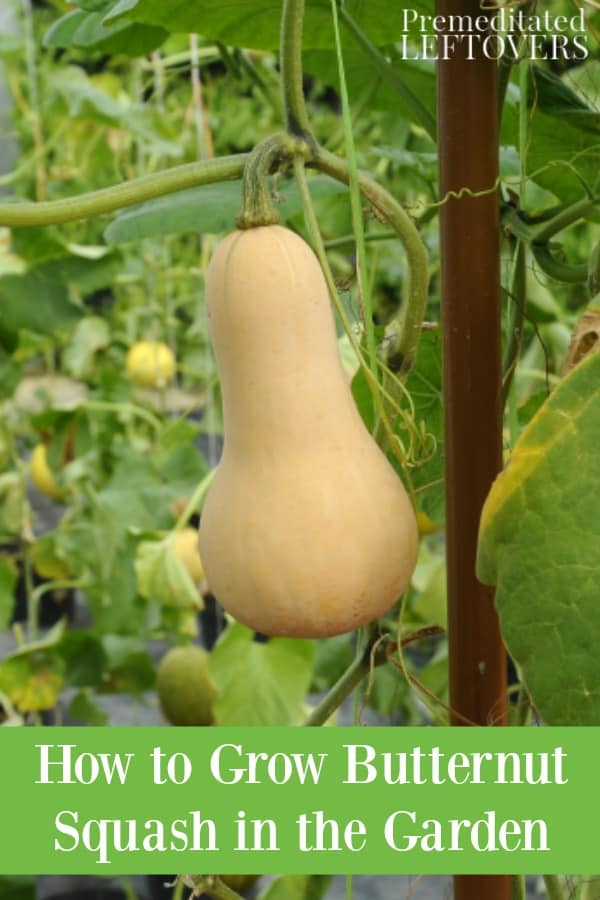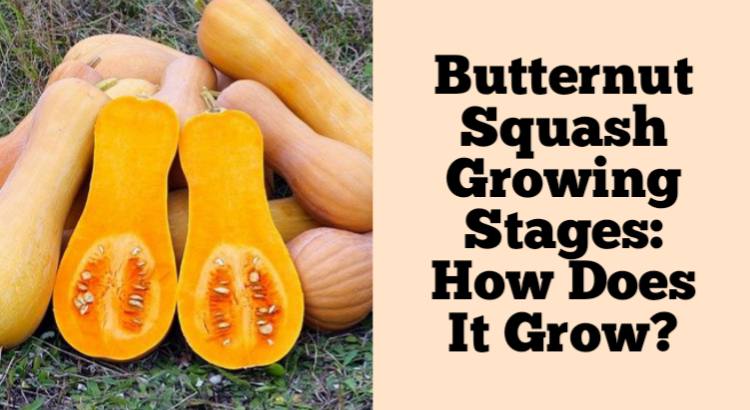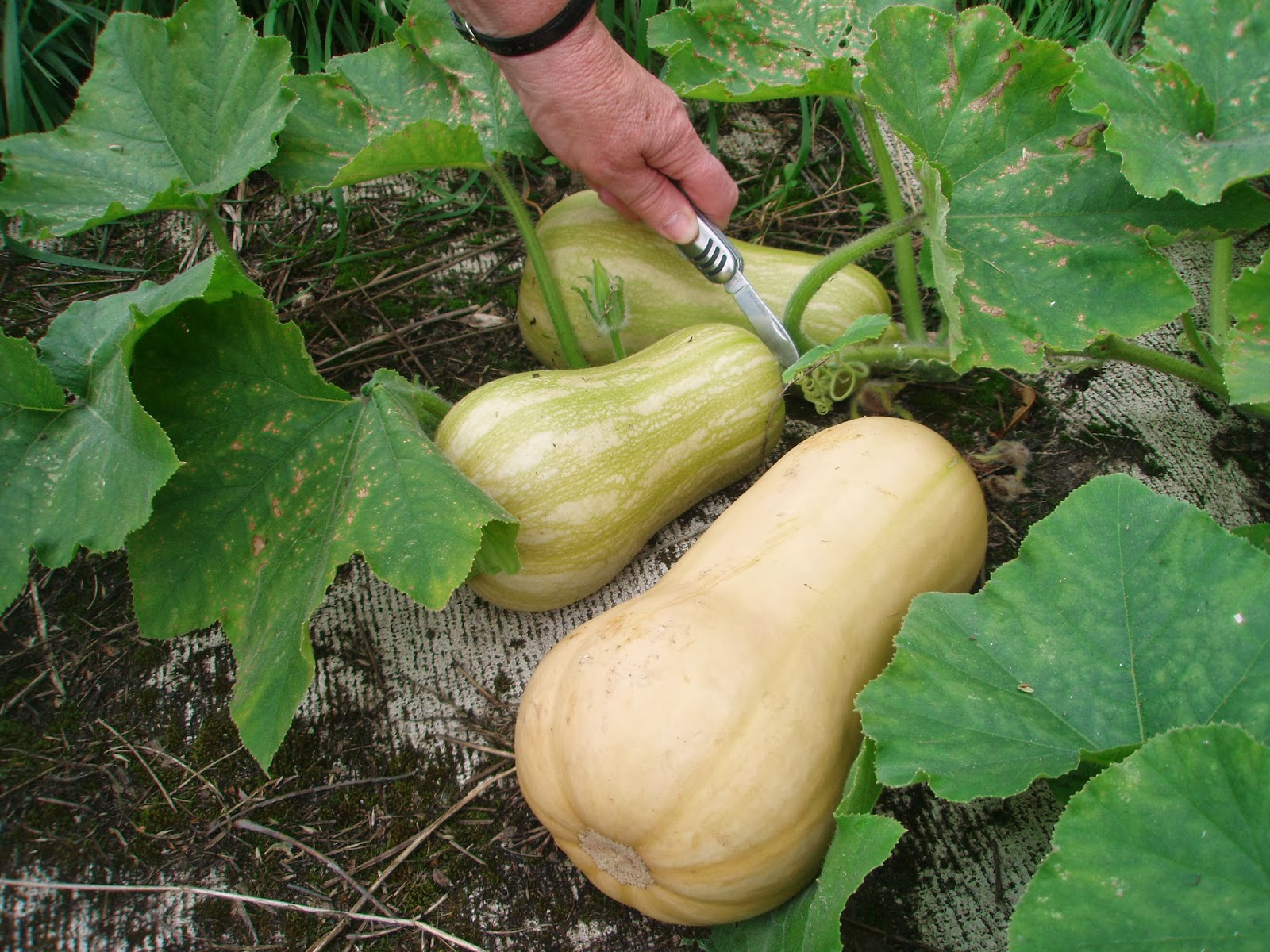Preparing the Soil for Optimal Growth
When it comes to growing butternut squash, the quality of the soil is crucial for optimal growth and fruit production. Butternut squash is a warm-season crop that thrives in well-draining, rich soil with a pH between 6.0 and 6.8. To determine the pH level of your soil, you can purchase a soil testing kit or send a sample to a laboratory for analysis. If your soil pH is too low or too high, you can amend it with lime or sulfur to adjust the pH level.
In addition to pH, butternut squash requires a fertile growing environment with adequate nutrients. You can add organic matter such as compost or well-rotted manure to improve soil fertility and structure. Compost can help to increase the soil’s water-holding capacity, reduce soil erosion, and provide essential nutrients for plant growth. When selecting a compost, choose a product that is rich in nutrients and has a balanced NPK ratio.
Another key aspect of soil preparation is to ensure good drainage. Butternut squash is susceptible to root rot and other diseases that thrive in waterlogged soil. To improve drainage, you can add organic matter or perlite to the soil. Perlite is a lightweight, porous material that helps to improve soil aeration and prevent waterlogging.
By preparing the soil properly, you can create an optimal growing environment for your butternut squash plants. This will help to promote healthy growth, fruit production, and reduce the risk of disease. Whether you’re a seasoned gardener or a beginner, following these simple steps can make a big difference in the success of your butternut squash crop.
When learning how to grow butternut squash seeds, it’s essential to understand the importance of soil quality and preparation. By taking the time to prepare the soil properly, you can set your plants up for success and enjoy a bountiful harvest. With the right soil conditions, you can grow delicious and nutritious butternut squash that’s perfect for a variety of dishes.
Obtaining High-Quality Butternut Squash Seeds
When it comes to growing butternut squash, selecting high-quality seeds is essential for a successful harvest. Butternut squash seeds are available from a variety of suppliers, including online retailers, gardening stores, and seed catalogs. When choosing a seed supplier, look for reputable companies that specialize in heirloom or hybrid varieties.
Heirloom varieties of butternut squash are prized for their unique characteristics, such as flavor, texture, and color. These varieties are often open-pollinated, meaning that they can be saved and replanted from year to year. Some popular heirloom varieties of butternut squash include ‘Waltham Butternut’ and ‘Hubbard’. Hybrid varieties, on the other hand, are bred for their disease resistance and high yields. These varieties are often more vigorous and productive than heirloom varieties, but they may not have the same unique characteristics.
When selecting butternut squash seeds, consider the specific growing conditions in your area. If you live in a region with a short growing season, look for varieties that mature quickly, such as ‘Early Butternut’ or ‘Baby Butternut’. If you live in a region with a long growing season, you may be able to grow larger varieties, such as ‘Atlantic Giant’ or ‘Big Max’.
In addition to considering the specific growing conditions in your area, also think about the desired characteristics of your butternut squash. Do you want a variety with a sweet, nutty flavor, or one with a more neutral flavor? Do you want a variety with a smooth, creamy texture, or one with a more dense, fibrous texture? By considering these factors, you can choose the best variety of butternut squash seeds for your needs.
Learning how to grow butternut squash seeds requires careful consideration of the specific growing conditions in your area, as well as the desired characteristics of your squash. By selecting high-quality seeds from a reputable supplier, you can set yourself up for success and enjoy a bountiful harvest of delicious and nutritious butternut squash.
Sowing Butternut Squash Seeds: Timing and Technique
When it comes to sowing butternut squash seeds, timing and technique are crucial for optimal growth and fruit production. In most regions, it’s best to sow butternut squash seeds in late spring to early summer, when the soil has warmed up to at least 60°F (15°C). This allows the seeds to germinate and grow before the heat of summer sets in.
In areas with a shorter growing season, you may need to start butternut squash seeds indoors 2-3 weeks before the last frost date. This will give the seedlings a head start on the growing season, and allow them to mature before the first frost. When starting seeds indoors, use a good quality potting mix and keep the soil warm (around 70-80°F or 21-27°C) until germination.
When sowing butternut squash seeds directly in the garden, choose a location that receives full sun (at least 6 hours of direct sunlight) and has well-draining soil. Sow the seeds 1 inch (2.5 cm) deep and 4-6 feet (1.2-1.8 meters) apart, in rows that are 8-10 feet (2.4-3 meters) apart. Water the soil gently but thoroughly after sowing, and keep the soil consistently moist during the first few weeks after germination.
Soil temperature is also an important factor to consider when sowing butternut squash seeds. The ideal soil temperature for germination is between 65-75°F (18-24°C). If the soil is too cool, germination may be slow or uneven. If the soil is too warm, the seeds may rot before germinating.
By following these guidelines for sowing butternut squash seeds, you can set yourself up for success and enjoy a bountiful harvest of delicious and nutritious butternut squash. Whether you’re a seasoned gardener or just starting out, learning how to grow butternut squash seeds is a rewarding and enjoyable experience.
Remember to also consider the specific growing conditions in your area, including the length of the growing season, the average temperature, and the amount of rainfall. By taking these factors into account, you can choose the best variety of butternut squash for your needs and create an optimal growing environment for your plants.
Providing Optimal Growing Conditions for Butternut Squash
Butternut squash is a warm-season crop that requires full sun, well-draining soil, and adequate water to thrive. When growing butternut squash, it’s essential to provide optimal growing conditions to promote healthy growth and fruit production.
Butternut squash requires at least 6 hours of direct sunlight per day, so choose a location that receives full sun. If possible, select a location with a slight slope to ensure good drainage and prevent waterlogged soil.
Water is also crucial for butternut squash growth. Aim to provide about 1 inch of water per week, either through rainfall or irrigation. However, avoid overwatering, which can lead to root rot and other problems. Mulching around the plants can help retain moisture and suppress weeds.
Temperature is another critical factor for butternut squash growth. The ideal temperature for growth is between 65-75°F (18-24°C), although the plants can tolerate temperatures up to 85°F (29°C). Avoid planting in areas with standing water or where water tends to collect, as this can lead to root rot and other problems.
Supporting the vines is also essential for optimal growth. Butternut squash vines can spread quite a bit, so provide a trellis or other support system to keep them off the ground. This will help prevent disease and encourage better fruit production.
Finally, keep an eye out for common pests and diseases that can affect butternut squash, such as powdery mildew, squash bugs, and aphids. Use organic or integrated pest management (IPM) methods to control these problems, and avoid using chemical pesticides whenever possible.
By providing optimal growing conditions, you can help your butternut squash plants thrive and produce a bountiful harvest. Whether you’re a seasoned gardener or just starting out, following these guidelines can help you grow delicious and nutritious butternut squash.
Learning how to grow butternut squash seeds requires attention to detail and a commitment to providing optimal growing conditions. By following these guidelines, you can create an ideal environment for your plants to thrive and enjoy a successful harvest.
Nourishing Your Butternut Squash Plants: Fertilization and Pruning
Butternut squash plants require regular fertilization to promote healthy growth and fruit production. A balanced fertilizer with a ratio of 10-10-10 (nitrogen-phosphorus-potassium) is suitable for butternut squash. Apply the fertilizer at planting time, and again when the plants are about 6 inches tall.
Organic fertilizers, such as compost or well-rotted manure, can also be used to nourish butternut squash plants. These fertilizers release nutrients slowly, providing a steady supply of nutrients to the plants. Avoid using high-nitrogen fertilizers, as they can promote excessive vegetative growth at the expense of fruit production.
Pruning is also essential for promoting healthy growth and fruit production in butternut squash plants. Remove any weak or spindly growth, and trim back the vines to encourage bushy growth. This will help to promote fruiting and prevent the plants from becoming too leggy.
Pruning can also help to control pests and diseases. Remove any infected or damaged leaves or stems, and dispose of them to prevent the spread of disease. Regular pruning can also help to improve air circulation around the plants, reducing the risk of fungal diseases.
When pruning butternut squash plants, use clean and sharp tools to prevent spreading disease. Make cuts just above a node, and remove any weak or spindly growth. This will help to promote healthy growth and fruit production, and prevent the plants from becoming too leggy.
Learning how to grow butternut squash seeds requires attention to detail and a commitment to providing optimal growing conditions. By fertilizing and pruning your butternut squash plants regularly, you can promote healthy growth and fruit production, and enjoy a bountiful harvest.
Regular fertilization and pruning can also help to prevent common problems, such as nutrient deficiencies and pest infestations. By taking these steps, you can create an optimal growing environment for your butternut squash plants, and enjoy a successful harvest.
Common Challenges and Solutions for Growing Butternut Squash
Despite its relatively easy-to-grow nature, butternut squash can be susceptible to several common challenges. One of the most common issues is powdery mildew, a fungal disease that can cause white, powdery spots to form on the leaves. To prevent powdery mildew, ensure good air circulation around the plants and avoid overhead watering.
Squash bugs are another common pest that can affect butternut squash. These bugs can cause damage to the leaves and fruit, and can also transmit diseases. To control squash bugs, use row covers to prevent them from reaching the plants, and hand-pick any bugs that you find.
Nutrient deficiencies can also be a problem when growing butternut squash. A lack of nitrogen can cause the leaves to turn yellow, while a lack of phosphorus can cause the fruit to be misshapen. To prevent nutrient deficiencies, use a balanced fertilizer and follow the recommended application rates.
Other common challenges when growing butternut squash include aphids, whiteflies, and spider mites. To control these pests, use neem oil or insecticidal soap, and ensure good air circulation around the plants.
Learning how to grow butternut squash seeds requires attention to detail and a commitment to providing optimal growing conditions. By being aware of the common challenges that can affect butternut squash, you can take steps to prevent them and ensure a successful harvest.
Regular monitoring of your plants can also help to prevent common problems. Check your plants regularly for signs of pests or diseases, and take action quickly if you notice any issues. This will help to prevent the problem from spreading and ensure a healthy, productive crop.
By following these tips and being aware of the common challenges that can affect butternut squash, you can enjoy a successful harvest and learn how to grow butternut squash seeds with confidence.
https://www.youtube.com/watch?v=tClfUrGfGYo
Harvesting and Storing Butternut Squash
Butternut squash is ready to harvest when the rind is hard and the stem is dry. The fruit should be a deep orange color and have a sweet, nutty aroma. To harvest, cut the stem from the vine using a sharp knife or pruning shears, leaving about 1 inch of stem attached to the fruit.
Handle the fruit carefully to avoid bruising or damaging the skin. Butternut squash can be stored for several months in a cool, dry place. The ideal storage conditions are between 50-60°F (10-15°C) and 50-70% relative humidity.
To store butternut squash, place the fruit in a single layer on a wire rack or tray, making sure they do not touch each other. Cover the fruit with a breathable cloth or paper bag to maintain humidity and keep out light.
Butternut squash can also be stored in a root cellar or basement, where the temperature is consistently cool and the humidity is moderate. Avoid storing butternut squash in direct sunlight or near a heat source, as this can cause the fruit to spoil.
Learning how to grow butternut squash seeds requires attention to detail and a commitment to providing optimal growing conditions. By following these tips for harvesting and storing butternut squash, you can enjoy a bountiful harvest and savor the delicious flavor of this nutritious vegetable.
Butternut squash is a versatile ingredient that can be used in a variety of dishes, from soups and stews to roasted vegetable medleys. By storing the fruit properly, you can enjoy its delicious flavor and nutritional benefits throughout the year.
Whether you’re a seasoned gardener or just starting out, growing butternut squash can be a rewarding and delicious experience. By following these tips and guidelines, you can learn how to grow butternut squash seeds and enjoy a successful harvest.
Troubleshooting and Tips for Success
Despite following the best practices for growing butternut squash, unexpected issues can still arise. Here are some additional tips and advice for troubleshooting common problems and ensuring a successful harvest.
One common issue that can affect butternut squash is unexpected weather conditions. To deal with this, make sure to provide support for the vines and cover the plants with a row cover or tarp to protect them from wind and frost.
Weeds can also be a problem when growing butternut squash. To manage weeds, use a mulch or cover crop to suppress weed growth, and hand-pull any weeds that do appear. This will help to prevent competition for water and nutrients.
Beneficial insects can also be encouraged in the garden to help with pest control. To attract beneficial insects, plant a diverse range of flowers and herbs, and avoid using pesticides or other chemicals that can harm these insects.
Learning how to grow butternut squash seeds requires attention to detail and a commitment to providing optimal growing conditions. By following these tips and guidelines, you can troubleshoot common problems and ensure a successful harvest.
Butternut squash is a versatile and nutritious vegetable that can be used in a variety of dishes. By growing your own butternut squash, you can enjoy the benefits of fresh, homegrown produce and add some variety to your meals.
Whether you’re a seasoned gardener or just starting out, growing butternut squash can be a rewarding and delicious experience. By following these tips and guidelines, you can learn how to grow butternut squash seeds and enjoy a successful harvest.





:max_bytes(150000):strip_icc()/how-to-grow-butternut-squash-5118507-05-9a7e36211cb94fdeb70c3f48444c7fe5.jpg)
